
sample
PRIMARY 4 ArtS and Crafts Globalaction DIGITAL PROJECT INCLUDED

What will you learn?
1 Taking care of yourself and others
PAGE 7
Learn how to lead a healthy life and promote the well-being of the people around us.

2 Representing natural shapes
PAGE 25
Prevent and reverse the degradation of our planet, and urgently take action to do so within our own environment. Life
3 Creating innovative objects

PAGE 45
Understand the need for widespread use of the Internet and achieving universal access to information. Industry, innovation and infrastructure
1.1 The human body
• The body’s outline
• Canon of proportions
• Hand expressions
• Bodies that speak
1.2 Fashion
• Design and geometry in fashion
• The accessories of the ‘Dama de Elche’
• Jewels throughout history
• Art styles: Yves Saint Laurent and Elsa Schiaparelli
• A body in motion
• Well-proportioned bodies
• Realistic hands
• A mannequin couple
• Fashion in the style of Sonia Delaunay
• A great Dame
• A good luck charm
• Create your own style
2.1 Nature
• The appearance of trees
• Lines in nature
• The shapes of animals
• The transition from 2D to 3D
2.2 The universe
• The universe in motion
• Black and white cinema
• Splash art technique
• Book illustrations
• Art styles: Ángeles Santos and Wassily Kandinsky
• The shapes of trees

• The line as a means of expression
• An animal based on its structure
• 3D natural elements
• Motion in comics
• A coloured film frame
• Your version of the universe
• Illustrating a story
• Create your own style
3.1 Shape
• The magic of volume
• Optical art
• Assemblage technique
3.2 Colour
• Harmonic colours
• The psychology of colour
• The magic of colour
• Colours at night
• Art styles: Alexander Calder and Tamara Lempicka
• Objects with depth
• An Op Art design
• A sculpture with recycled materials
• Chromatic harmony
• An eye-catching label
• A two-tone image
• A night scene
• Create your own style
Good health and well-being
on land
LOOK CREATE
• SDG
LEARNING SITUATION PLAN OF ACTION
In my pencil case

Hard wax crayons





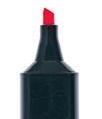
Thick felt-tip pens



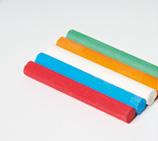
Lead pencil


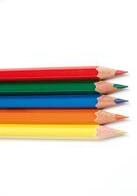


Coloured pencils


Recycled materials

Tempera paints


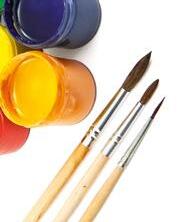

Coloured paper



Glue stick


Scrap paper

To
The facts
A good education helps people learn how to live healthily.
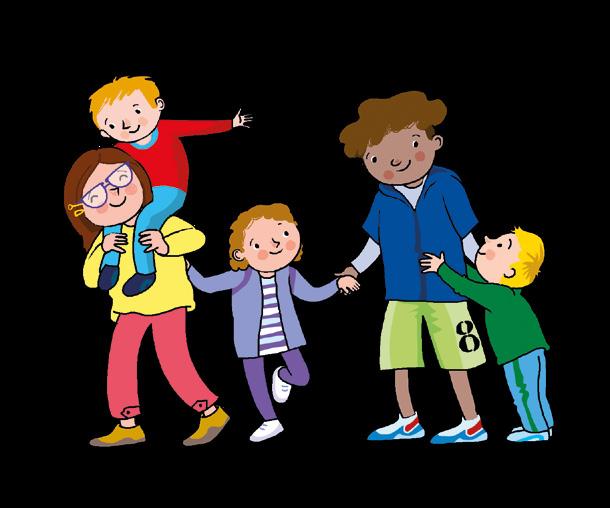

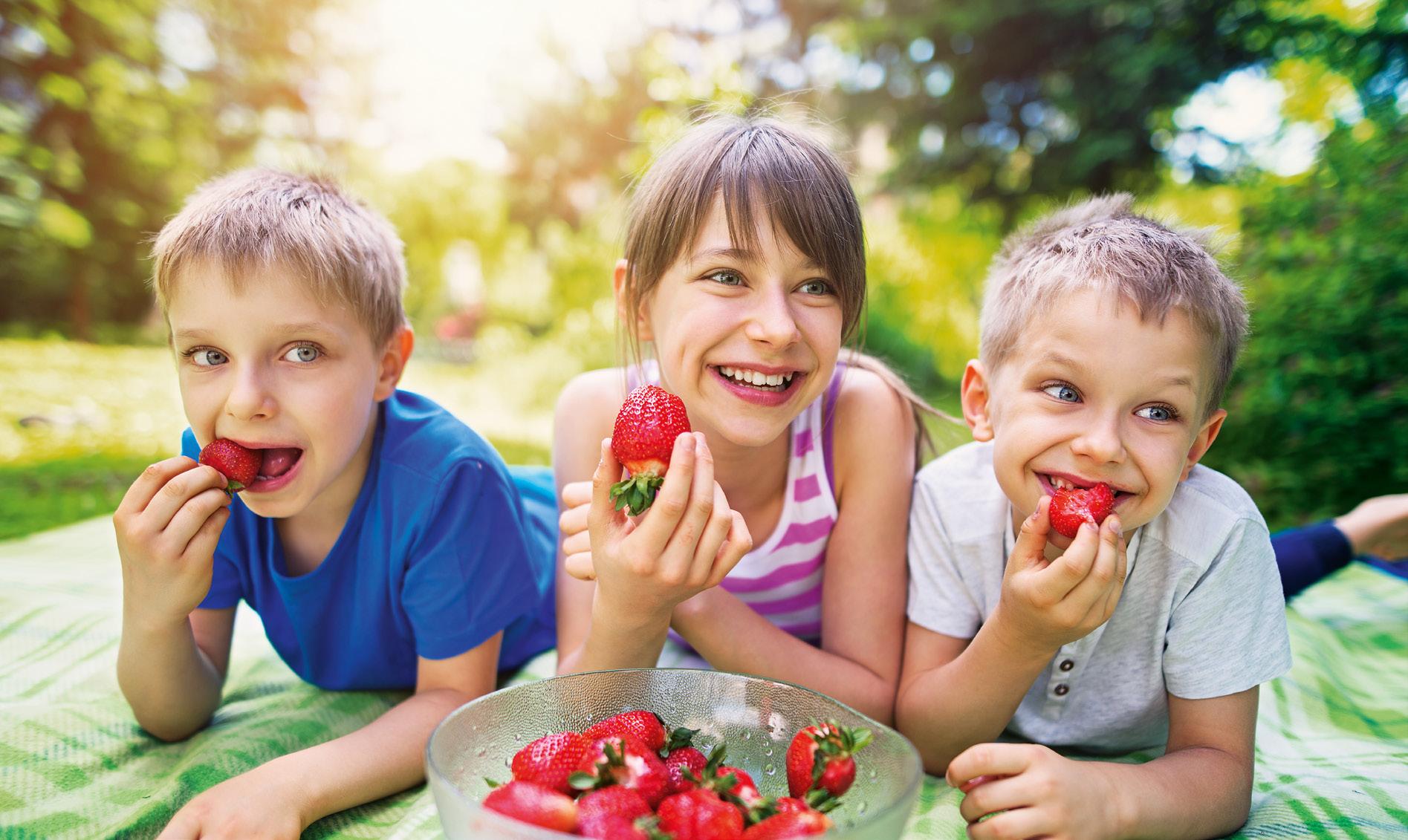
of action
What do you think?
Our daily habits (food, exercise, rest) determine our health.
3
Learn to lead a healthy life and promote the well-being of the people around us. live to the fullest, we must lead a healthy life. 1 The human body 2 Fashion
1 Taking care of yourself and others
The body's outline
Look at these silhouettes and the sensation of movement that they transmit despite only being dark shapes.

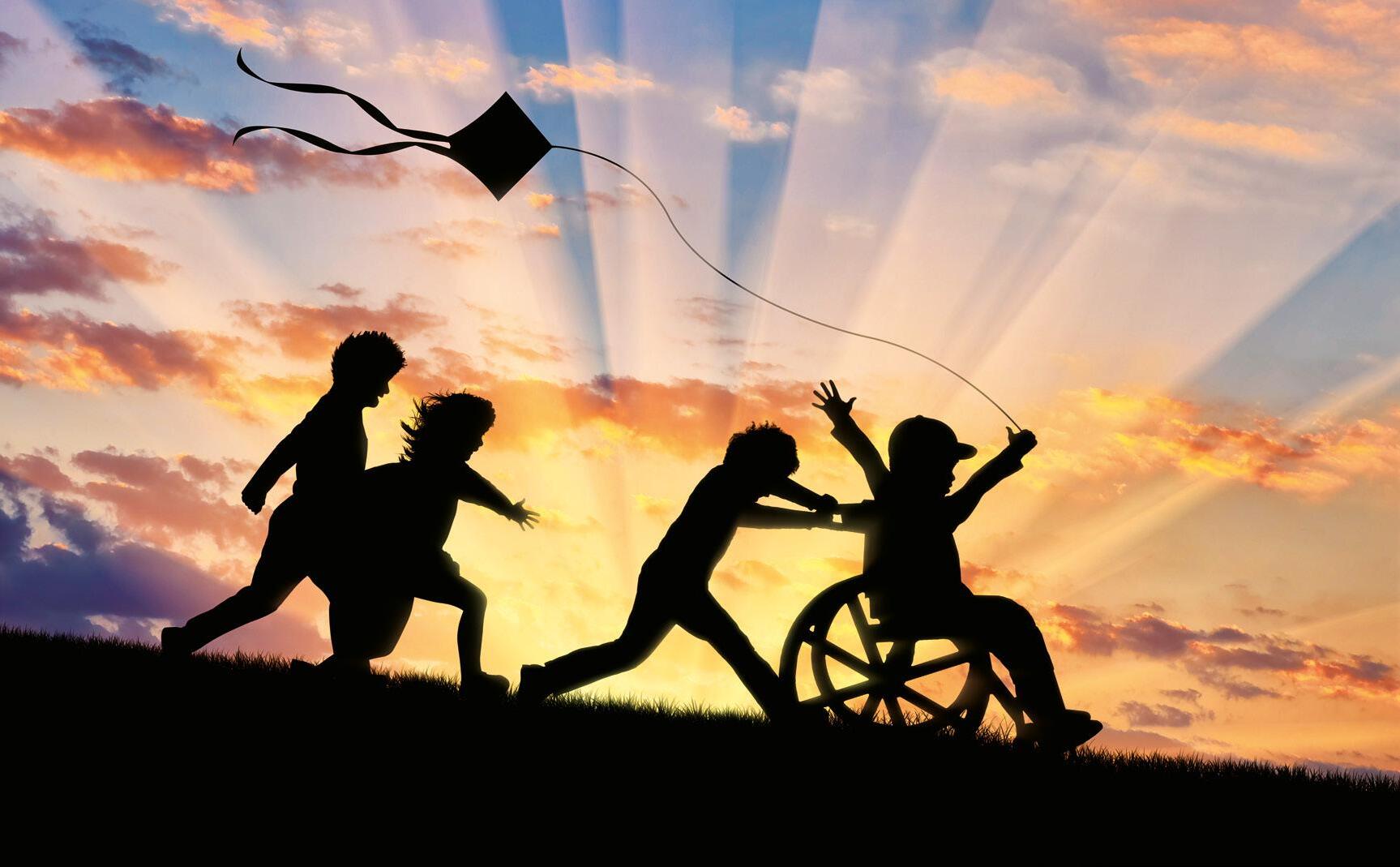
To create a sensation of movement, first we must draw a basic outline of the human skeleton. In this way your representation of the figure will be much more realistic and correct.


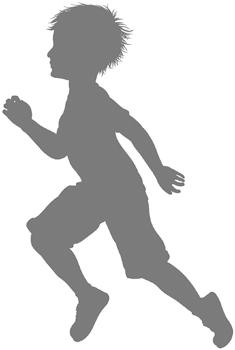
Copy the silhouettes into your notebook and draw the basic outline in red felt-tip. Look at the example.
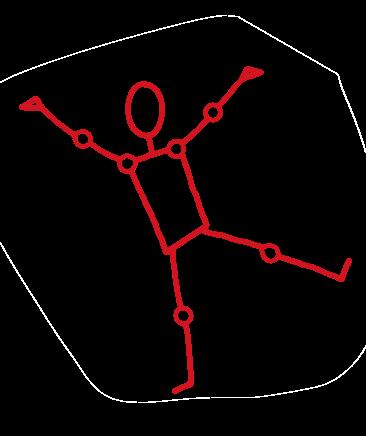
8 1.1
The human body
LOOK
U1
CREATE
A body in motion
Look. Then, follow the steps and draw the children in motion in your notebook.


1 Create the body's outline by drawing:


• A circle for the head and a large oval for the torso. Join them together.
• A circle for the shoulder joints and one for the hips.
• Smaller circles for the elbow, wrist, knee and ankle joints.

• Join everything together and add the hands and feet.
2 Draw the silhouette of the person.
3 Add details and colour.
9
1 2 3 1 2 3
Canon of proportions
Representation of the human body



Sculptors in Classical Greece determined ideal proportions for representing a human body.

This canon varied depending on the age of the body being represented. Young boys and girls have proportionally larger heads, so the canon is diff erent.
At present, art represents the human fi gure with diff erent proportions and shapes; this is a more realistic refl ection of the great diversity of people that exist in the world.
Look at the eight-headed canon of the Apoxyomenos. Now look at the photos. What canon does each one follow? Measure the head and repeat the measurement along the body. Look at the example and see how the proportions vary at each age. Answer in your notebook.
1 2 3 4 5
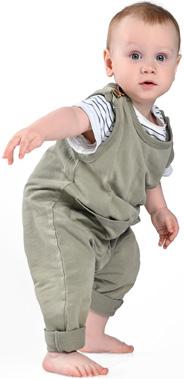

10
LOOK 1.1 The human body
6 7 1 2 3 U1
Apoxyomenos (325 BCE), Lisipo.
Well-proportioned bodies
Look, follow the steps and draw a boy and a girl in your notebook or on a piece of paper. Colour however you like.



The proportion of the human body

To draw a boy, start by drawing a 10cm vertical line. Divide it into 6 equal parts. Then continue:
1 Draw the body's outline: the head in the first part, the torso in the next two parts and the legs in the last three parts.
2 Draw the silhouette of the person.
3 Add details and colour.
To draw a girl, draw a 12cm vertical line. Divide it into 7 equal parts. Then, follow the steps as before.

The human figure has proportions. If we use the head as a unit of measurement, the proportion will be based on how many heads make up the total height. The proportion depends on age, sex, each person's characteristics. In general, the height of girls and boys between the ages of 6 and 12 varies between 6 and 7 heads.


11
CREATE
Hand expressions
Our hands allow us to touch, grasp, feel, hold, manipulate, explore, draw, model... and so on. In the plastic arts they are a fundamental part of artistic creation.


Did you know that there is a language that is conducted using your hands? Look and find out your name.

Now, sign your name in sign language.

12
LOOK 1.1 The human body
The Cathedral (1909), Auguste Rodin.
The Hand (2005), Fernando Botero.
U1
Realistic hands
Follow the steps and draw the back and the palm of the hand in your notebook. Colour.



To draw the back (top) or palm (bottom):

1 Use a ruler to draw the outline with the measurements shown.



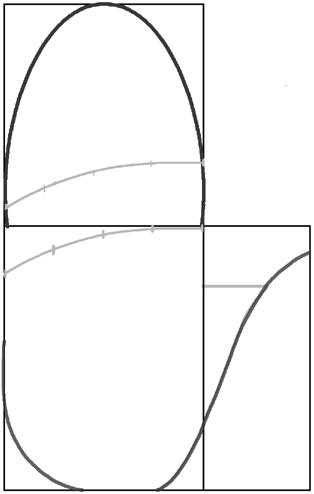
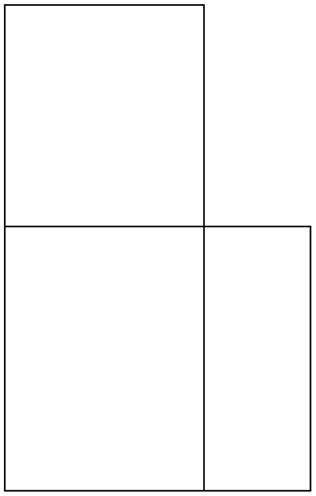
2 Lightly mark the outline of the top of the fingers, the palm and base of the hand.


3 Draw the thumb and the other fingers, try and make them the same size. Add details.


13
CREATE 1 2 3 1 2 3
Bodies that speak
Body language
Some artists make use of articulated drawing mannequins to represent the human body instead of using models. These mannequins make it easier to understand postures that the body can adopt when we move, play sports, dance, etc.



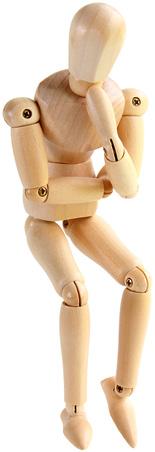

By looking at gestures and body postures, we are able to interpret what people want to convey to us. Look and match them in your notebook.
thinking
relaxed happy in a hurry
14
LOOK 1.1 The human body
1 2 3 4 U1
Expressive bodies
Look and read. Then follow the steps in your notebook or on a piece of paper.


Pablo Ruiz Picasso (1881-1973) was born in Málaga. He already showed promise as a child. As an adult he became one of the most important artists of modern painting. He travelled to Paris when he was 20 and painted pictures in blue colours.


1 Draw the basic outlines of the picture.




2 Complete the silhouettes of the people.
3 Colour using only these blue tones:
15
3
1
La sopa (1902-1903), Pablo Picasso.
2
CREATE
Design and geometry in fashion
The artist Sonia Delaunay presents her paintings along with her textile designs. She uses many polygonal shapes. Her work is also based on colourful compositions using circumferences, circles, semicircles...


Search the Internet for more information about this artist's work.

Look at the example and use a compass to continue the curved line
Sonia Delaunay (1885-1979) was a French painter, who also designed fashion. Her works are characterised as being abstract and using geometric forms such as concentric circles and semicircles.

16 U1 1.2 Fashion
LOOK
Exhibition with paintings, designs and textiles by Sonia Delaunay (2017), Museo Thyssen-Bornemisza, Madrid.
Fashion in the style of Sonia Delaunay CREATE
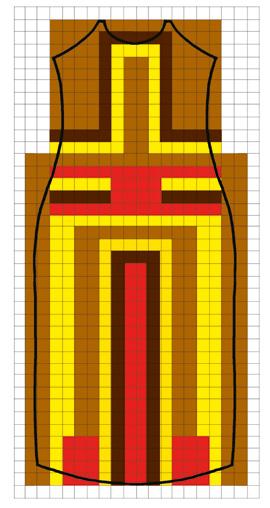


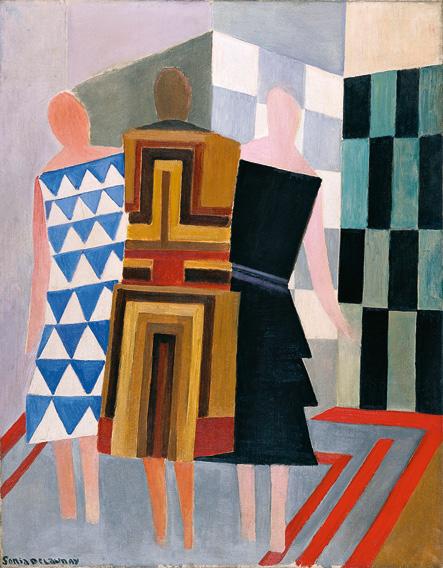
Look at the examples and create your own piece of clothing using geometric shapes.

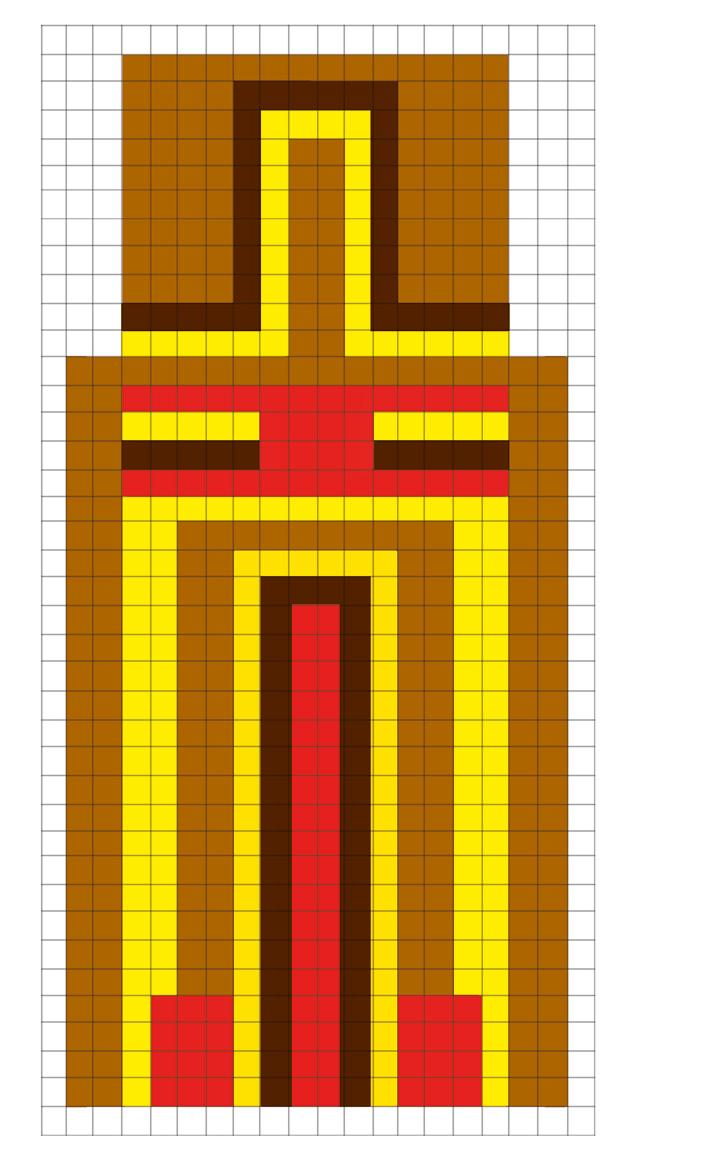


17
1 2 3
Simultaneous Dresses (1925), Sonia Delaunay.
1 Create a pattern on 5mm graph paper for the material.
2 Draw the shape of the dress.
3 Remove the dress from the material to have the dress pattern.
The accessories of the ‘Dama de Elche’
Dama de Elche
This wonderful Iberian archaeological piece represents the bust of a woman dressed in a tunic and adorned with necklaces and a beautiful headdress with buns, which are very characteristic.
The frontal and hieratic posture of the Dama de Elche, together with her characteristic accessories make her immediately recognisable.

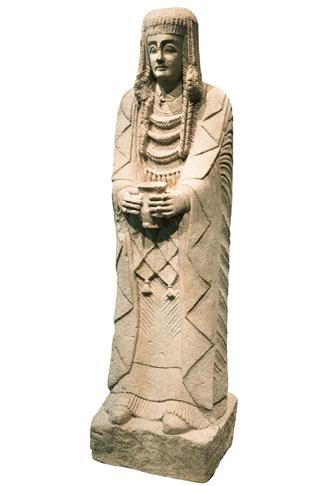
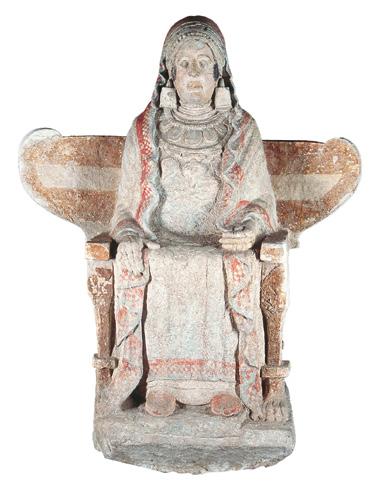
Look at these other Iberian sculptures and explain their similarities. What are your conclusions?
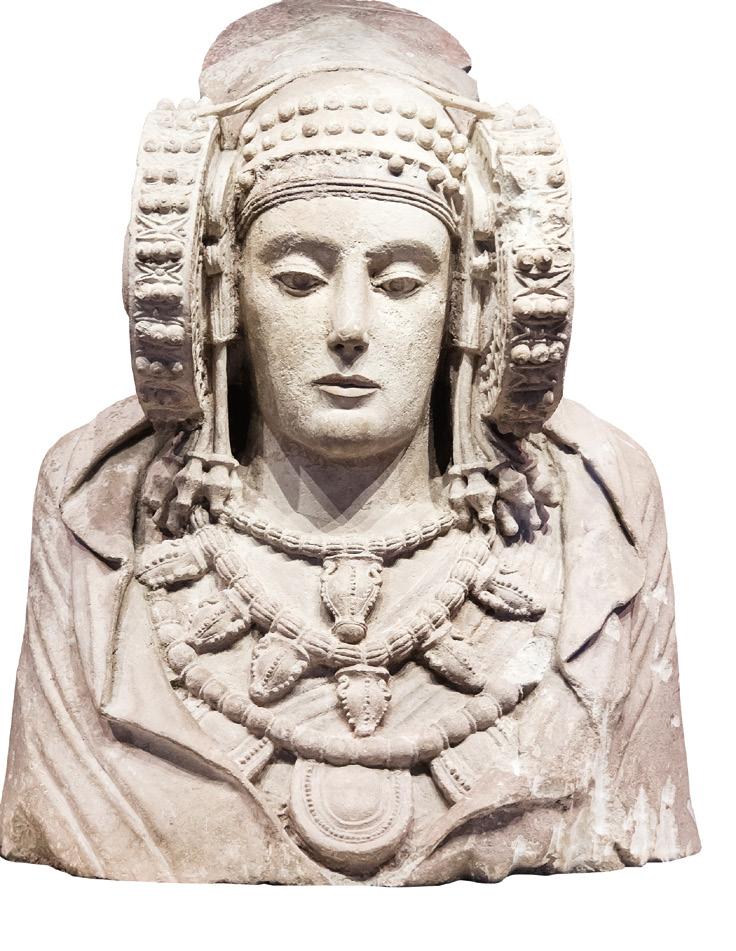
18
LOOK 1.2 Fashion
Dama de Elche (5th-4th centuries BCE).
Lady of Baza (4th century BCE).
Lady of Cerro de los Santos (3rd century BCE).
Lady of Guardamar (400 BCE and 370 BCE)
A great Dame
Look at the example and draw the 'Dama de Baza, in your notebook. Then, colour.





The 'Dama de Baza'
The 'Dama de Baza' is a sculpture and a funeral urn. lt is carved from limestone and coloured. lt was discovered in 1971 at the Necrópolis del Cerro del Santuario, in Baza (Granada). lt was found surrounded by amphoras, urns, bowls, armaments y other pieces.
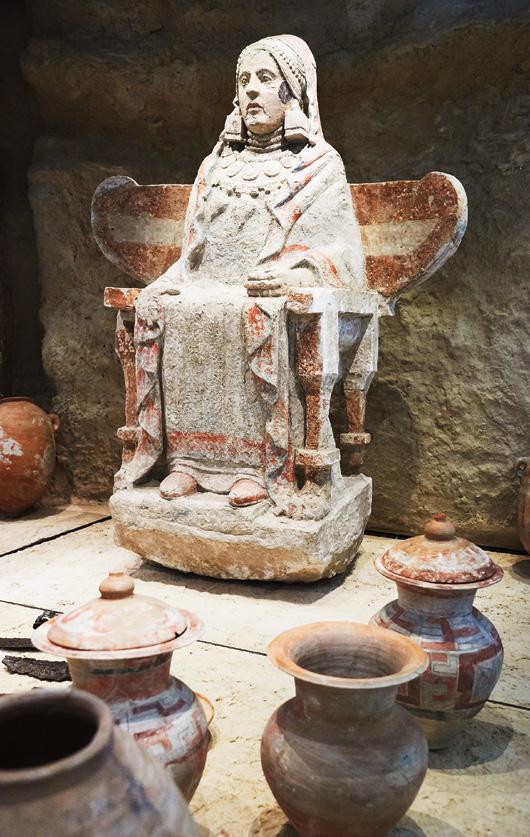
19
1 2
Dama de Baza, 4th Century B.C. (Baza, Granada)
CREATE
Jewels throughout history
Observe these ancient jewels, choose one, and imagine what protection it provided to its owner.
Antique jewellery: much more than accessories
In ancient times, jewellery was much more than body decoration. It was used as a symbol (of power, social/religious status…) and included protective charms.



These jewels were inspired by forms of nature, animals and human figures, to which they gave a special meaning.

20
Egyptian anklet with snakes and a winged scarab holding a solar disk. Royal necropolis of Tanis, 21st dynasty.
LOOK 1.2 Fashion
18th Dynasty Egyptian necklace (1479-1425 BCE).
Egyptian pectoral in the form of a winged scarab from the treasure of Tutankhamun, 18th Dynasty (1325 BCE).
Egyptian faience necklaces with charms (715-332 BCE).
U1
A good luck charm
Follow the steps in your notebook or on a piece of paper to create a good luck charm. Look at the original.





Radial Symmetry
Look at the circular pendant: the four spokes (dashed lines in the drawing) divided into four equal parts. It has radial symmetry.





21
Pendant based on an ancient Iberian shield.
1 3 2 4
CREATE
The fashion of Yves Saint Laurent and Elsa Schiaparelli
Yves Saint Laurent stated that ‘fashion is not art, but to make clothes you have to be an artist’. He made a series of dresses that were Inspired by Piet Mondrian's paintings.


What everyday object would you choose to make a very original hat? Write the answer in your notebook.
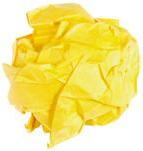
Elsa Schiaparelli used a shoe with great originality to create the design of a unique and fun hat.


22
ART STYLES
Mondrian Dress (1965) by Yves Saint Laurent based on Composition II in red, blue and yellow (1921-1941), by Piet Mondrian.
¡¡ U1
Shoe Hat (1937), Elsa Schiaparelli.
CREATE YOUR OWN STYLE









Choose an artist and look for information on the Internet. Then, in your notebook, draw clothes inspired by the piece you like most by that artist. look at the examples.


23
The Tree of Life (1909), Gustav Klimt.
PLAN OF ACTION
In this unit you have seen how the human body is a fantastic tool that helps us to express ourselves, move, enjoy and live fully. We must respect and care for it daily to keep it healthy and in optimal condition.
Using the CAF technique (consider all factors) think of ten healthy daily habits that promote a healthy life and promote well-being within your environment.
What have I learned?
1 Think about what you are best at and what you need to improve and write a number from 1 to 4 and then complete in your notebook.
Create a body outline or a body in movement.
Drawing a human figure using proportion.
Signing my name in sign language.
Reproducing an image using a grid.

Using symmetry to create a charm.
Create a piece of clothing based on a work of art.
Number 1 is my strength because…
To improve number 4, I must…
2 Complete in your notebook to discover how you apply your learning.
Knowing my abilities and learning from my mistakes helps me to…

Collaborating with the class in a presentation has helped me to…

Making my emotions known has helped me to…

I have learned to listen to others through activities such as...

24
PORFOLIO
PORTFOLIO
Go to anayaeducacion.es 3 1 2 4 6 7 10 9 8
5
Daily healthy habits
a a b b c d U1
© GRUPO ANAYA, S.A., 2023 - C/ Valentín Beato, 21 - 28037 Madrid. All rights reserved. No part of this publication may be reproduced, stored in a retrieval system, or transmitted, in any form or by any means, electronic, mechanical, photocopying, recording, or otherwise, without the prior permission of the publishers.
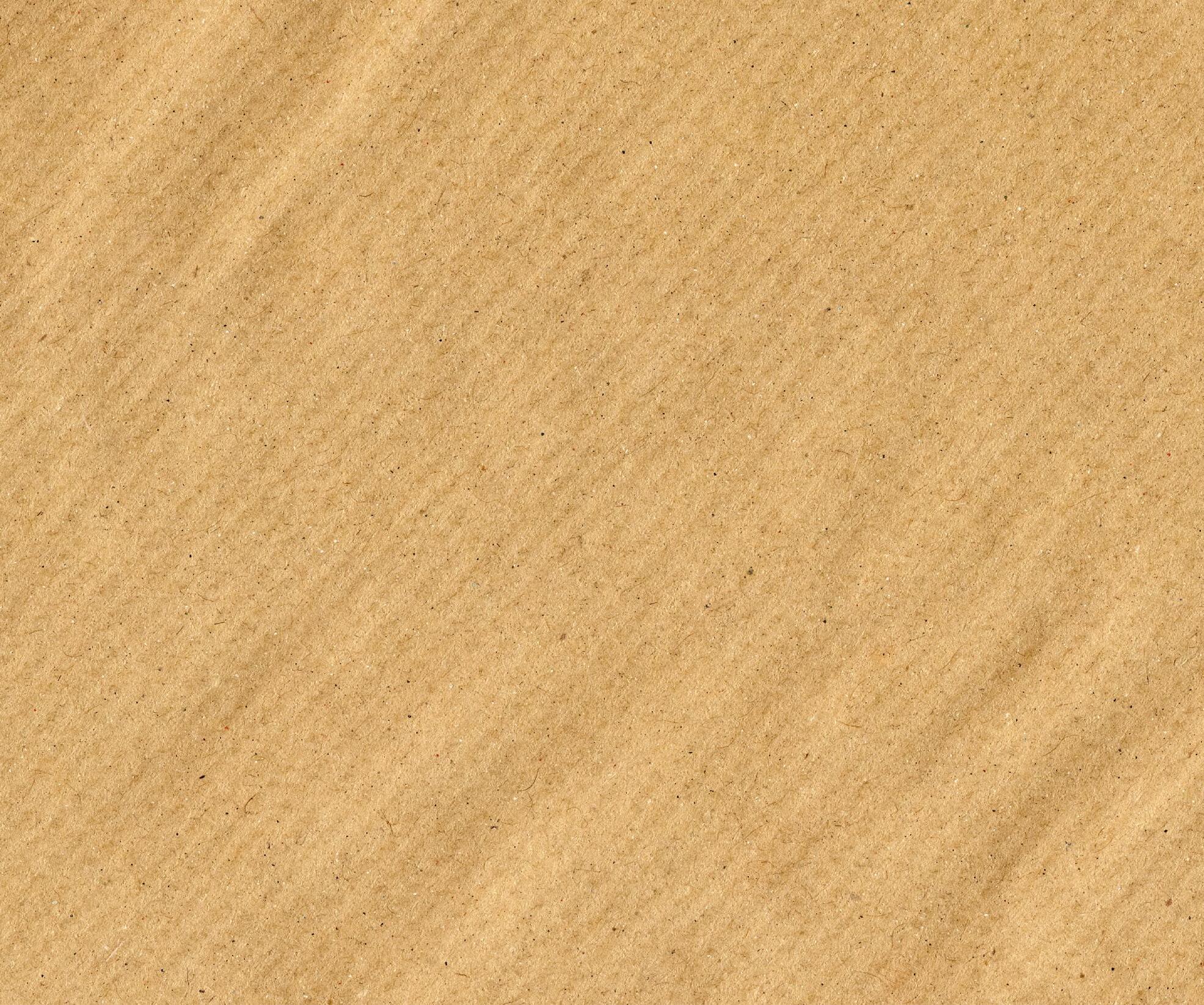



www.anayaeducacion.es 9229496 respect and change your world. CERTIFIED FIBER PAPER

















































































































